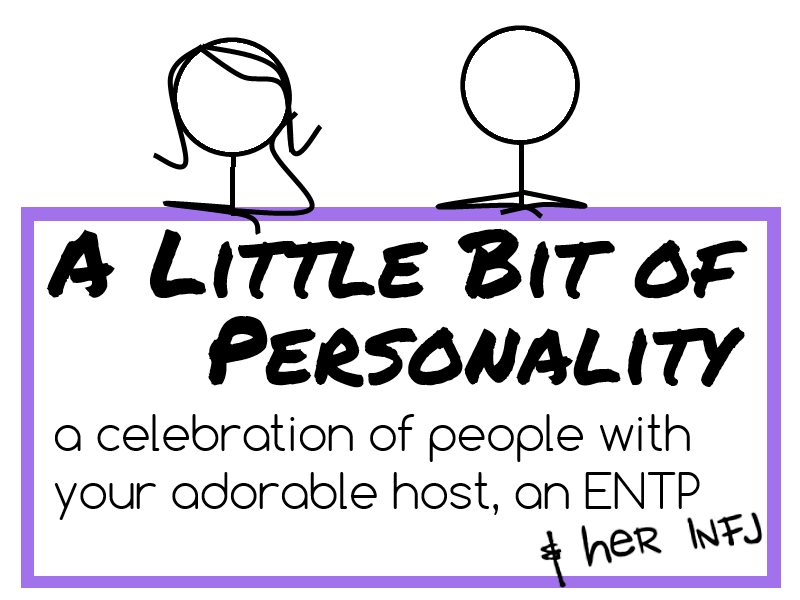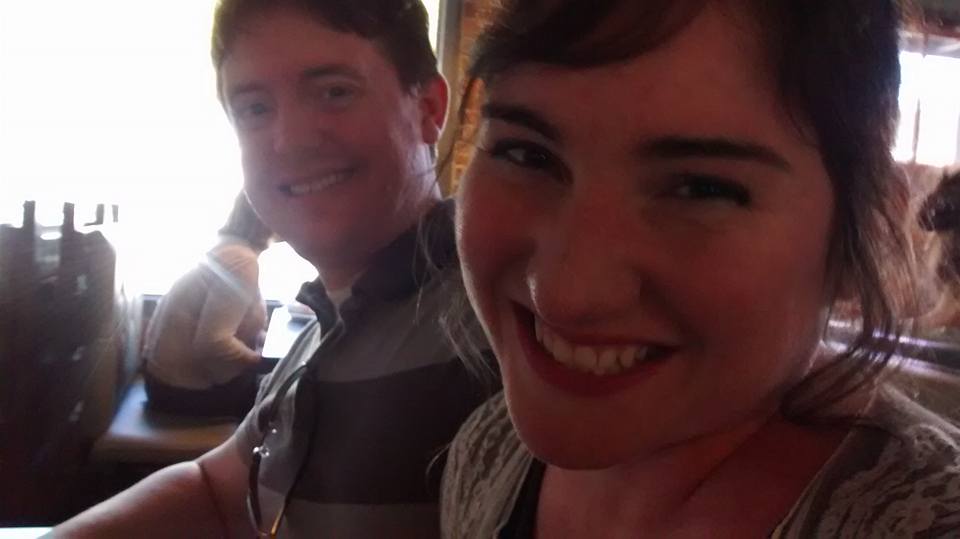Hi there! After over a year of anticipation, we finally have a new intro video! Huzzah! If you’re new here, this should help you know what aLBoP is all about and what makes us different than other personality systems and sites. And if you already know and love aLBoP, we hope you’ll share this video with your friends!
Hoping to do the entire Super Simple Series in this whiteboard format eventually, so subscribe to the aLBoP YouTube channel so you see when we post more! Oh, and because I know there will be confusion (which makes sense as I am the stick figure maven), but while I (Calise) am doing the voiceover for this video, it’s Justin doing the drawing.
Much love, as always! <3
Calise and Justin




























Recent Comments